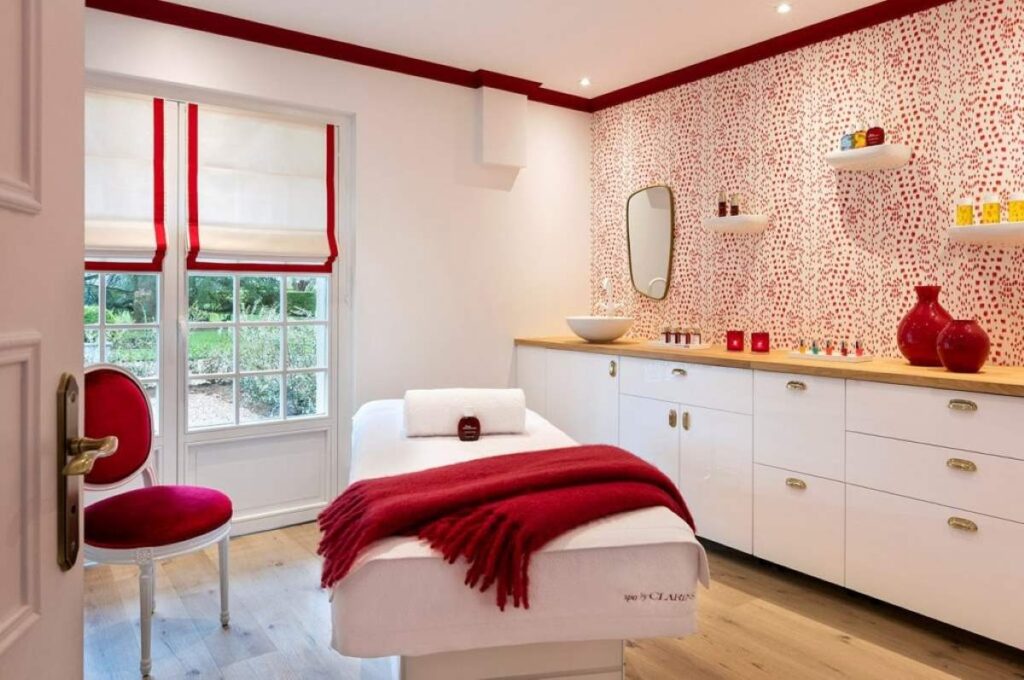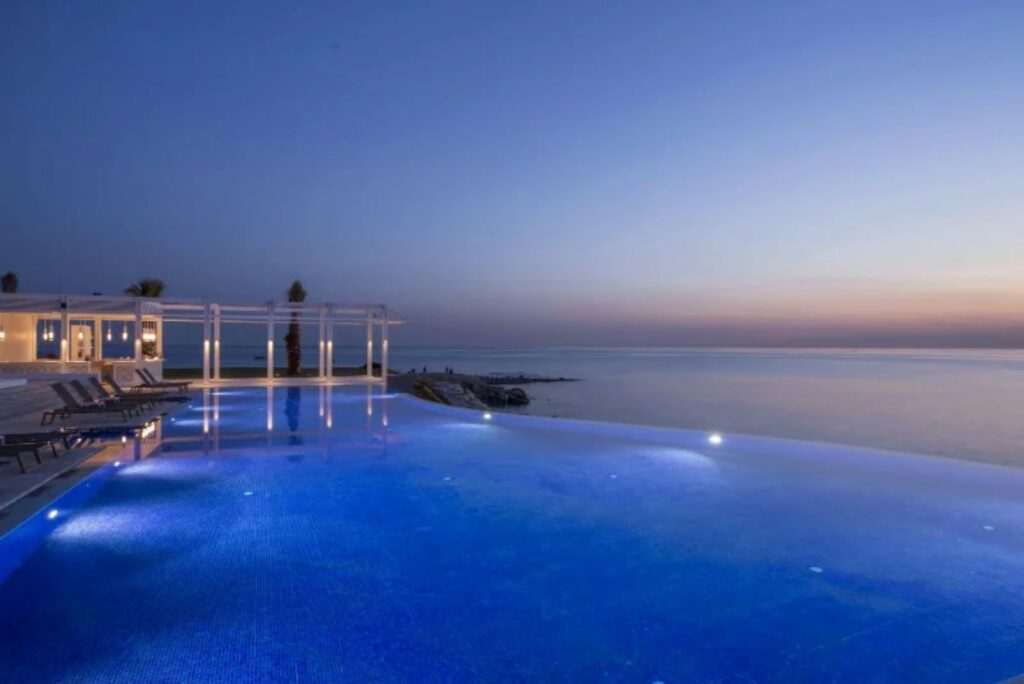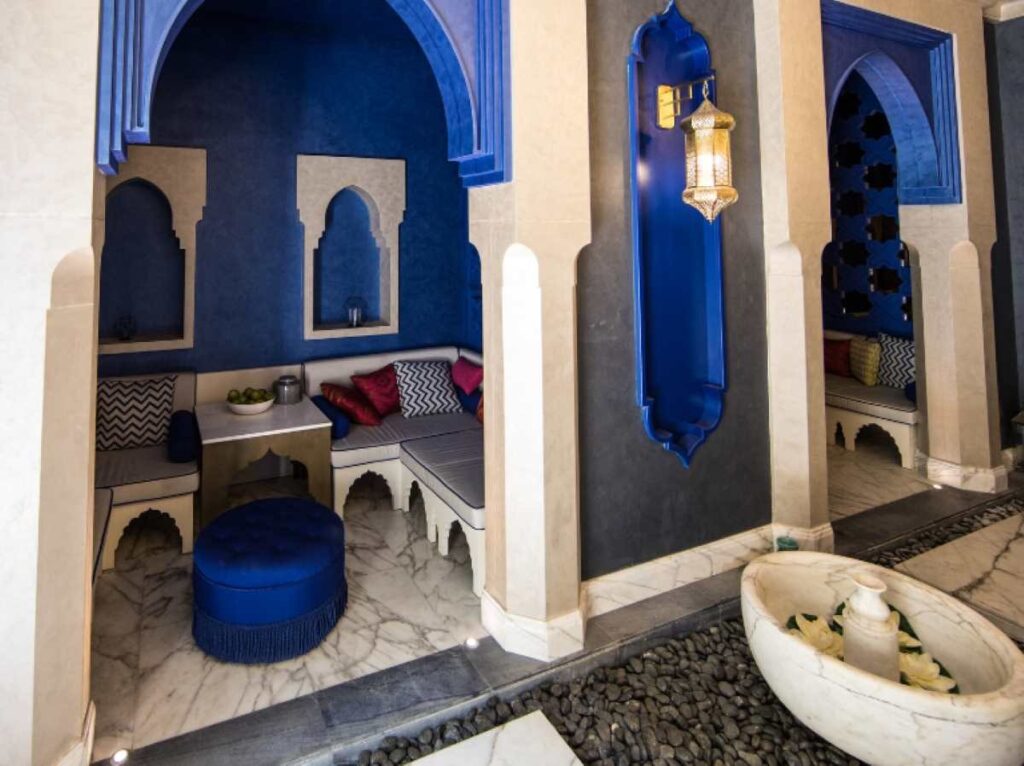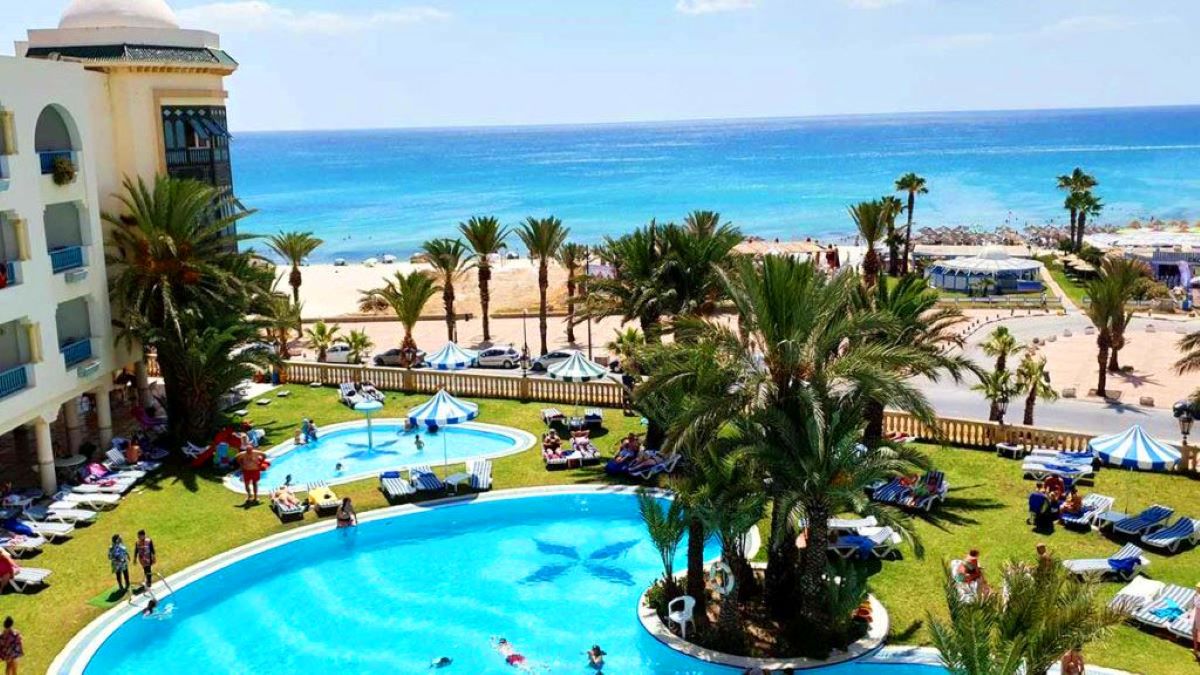At a Glance
- Tunisia’s wellness retreats attract travelers seeking affordable, high-quality thalassotherapy and spa treatments.
- Visitor numbers rise as Europeans favor Tunisia’s mild climate and cost-effective wellness programs.
- Resorts embrace sustainability through eco-friendly seawater systems and community-driven coastal preservation.
Tunisia is quietly transforming into one of the Mediterranean’s most inviting wellness destinations. From Hammamet’s serene coastline to Djerba’s white-sand shores, the country’s thalassotherapy and spa retreats are drawing travelers seeking balance, rest, and rejuvenation without the steep prices of Western Europe.
At a fraction of what similar programs cost in France or Italy, visitors can indulge in seawater-based therapies, hammam rituals, and medical wellness plans that combine local tradition with clinical precision.
The mix of natural beauty, affordability, and professionalism has placed Tunisia firmly on the radar of wellness travelers from across Europe and the Middle East.
Why Tunisia’s wellness market Is booming
Tourism officials say visitor numbers have climbed steadily since the pandemic, with bookings for health and spa programs showing the sharpest gains.
The government expects continued growth through 2025 as more Europeans look south for mild weather, sea air, and a slower pace during autumn and winter.
Thalassotherapy using seawater and marine minerals for health benefits remains the sector’s backbone.
Treatments such as seawater hydrojets, algae wraps, and affusion showers are designed to ease muscle strain, improve circulation, and refresh the skin.
For many visitors, the appeal lies in the blend of science-backed care and the soothing rhythm of the Mediterranean.
Inside the Thalasso experience
A typical stay begins with a medical consultation, followed by tailored treatments that might include heated seawater pools, underwater massages, and seaweed compresses. These are often paired with hammam exfoliation, aromatherapy, and nutritional guidance.
Premium resorts add yoga, Pilates, and private beach sessions to the mix. In Hammamet and Sousse, visitors on shorter holidays can book half-day programs, while longer packages spanning five to seven days remain popular among guests from France, Germany, and the UK.

Leading retreats and local impact
Hammamet continues to lead Tunisia’s spa scene. La Badira, an adults-only resort managed by Clarins Spa, offers minimalist suites and seawater pools overlooking the coast.
The Residence in La Marsa and top resorts in Djerba have expanded their wellness offerings, reflecting a rise in European demand for longer, restorative stays.
Affordability gives Tunisia its edge. A week-long thalassotherapy program can cost less than half of what guests pay in southern France, with no compromise on expertise or hygiene standards.

Wellness with a sustainable touch
As the industry grows, sustainability is becoming a shared responsibility. Several resorts are investing in eco-friendly operations from seaweed farming that preserves marine life to systems that recycle and treat seawater.
The government’s tourism strategy now emphasizes responsible development, aiming to ensure wellness tourism supports local communities and protects Tunisia’s fragile coastal environment.
For travelers, the experience is both restorative and rooted in authenticity. Tunisia’s thalassotherapy retreats offer more than indulgence; they provide a sense of connection to place, culture, and the calming power of the sea.






